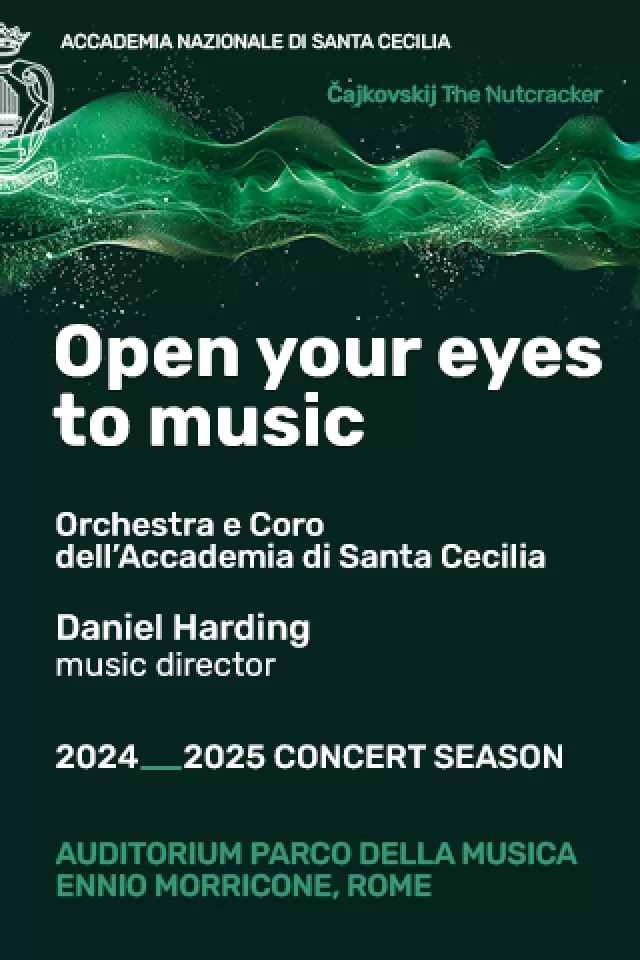Why Botticelli shone and Filippino waned.
In the old days, art lovers had to creep into the dark, dusty corners of churches or walk through miles of indifferent works in museums to find their favourite masters. Today, blockbuster shows tear work from the surroundings it was meant for and offer it up like a great lush bouquet of items with such loudness and fanfare it confounds you more than it instructs you.
However, an exemplary show in Florence, celebrating a star painter and his star pupil, with loans from the worlds great museums and collections, gladdens your heart. Cleanly and intelligently it has set itself the task of examining the interaction between Botticelli and Filippino two masters of the Renaissance working in the reign of the Medici family in order to show up their differences in style, compare their qualities, and above all to question the waned importance of Filippino through the ages.
Sandro Botticelli was born in 1445 in a marvellously civilised Florence, the eighth child of a comfortable and learned tanner. First he was apprenticed to a goldsmith, the discipline of which influenced him forever. He then entered the workshop of Filippo Lippi, who had a son named Filippino. When Botticelli himself became a master and set up a workshop, Filippo offered him Filippino as an apprentice and so began a lifelong relationship. The two skilled Florentines were always friends, always rivals, competitors and collaborators. The careers of both artists were always intertwined, a point which this exhibition expounds with great clarity.
Filippino, born around 1457 in Prato, was of a happier disposition than Sandro, accepting any commission and finishing the work of other masters, such as the frescoes of Masolino and Masaccio in the Brancaccio chapel in S. Carmine in Florence. He busily painted the grave chaples of the Strozzi in Florence and the Carafa in Rome.
The exhibition starts with early Botticelli depicting stories on long panels, their phases laid out like comic book strips; they include fierce little panels of Judith and the headless Holofernes and also the great Annunciation fresco from Spedale di S. Martino alla Scala.
Then comes a room full of works depicting angels and Madonnas with Child. Because they are from different periods, they give us a measure of his growth. Botticelli is probably most outstanding for his rendering of young Florentine women, whether they are nymphs in the heathen pictures or new mothers in the holy ones. Each girl is blonde, pink, modest and has decorum. The young goddesses and the mothers of God are both idealised and intensely human. This was the new spirit of the Renaissance.
Botticellis Pallas Athene and the Centaur is the pice de rsistance of the show, reminding you of the wonder of the two world-famous tapestry-like pictures in the Uffizi nearby the Primavera and the Birth of Venus. Here is a fine young warrior-woman laced in myrtle holding a shaggy animal-man by his locks: the beast of raw nature is being tamed by the beauty of the mind. The Mystic Nativity from London, a small jewel, is a declaration of faith.
Filippino was less searching and never sure of his manner. Amongst his work presented are the two tondi of the Annunciation from S. Gimignano, other splendidly-attired Madonnas, and the grand Madonna appearing to St Bernard which is a charming composition of a standing Madonna incorporating several styles. His well-known self-portrait is also on display, as well as his recognisable angels which can be plain or finely wrought. The rarely-exhibited Corsini Tondo also makes an appearance here, showing angels holding a detailed music score and obviously singing from it.
Both Botticelli and Filippino used garlands of figures tripping daintily, dressed in elaborate costumes, but always barefoot. Both were in love with the newly-discovered antiquity, its myths and beautiful marble statues. Both were pagans and Christians. Both used perspective sparingly, as substructure. Both used ornament and the felicity of line, clinging to a stiffness influenced by the Middle Ages.
So what are the differences between the two masters? Why was one celebrated through the ages, and the other, despite his fantastic frescoes and charm, so forgotten?
An agent of Ludovico Il Moro, recommending Botticelli to him from Florence, wrote this: Botticellis works have a manly air and are executed with the greatest judgement and perfect proportion Filippino, the son of the excellent Fra Filippo his works have a sweeter air but I do not think they have as much skill.
Botticelli, that goldsmith par excellence, employed his chiselled engravers line to make emotion known with the full figure, while Filippino only used hand gesture for expression. And to accent the movement of the bodies further, Botticelli had fluttering veils and cloth and great manes of golden hair rippling around limbs like water.
Botticelli made no compromises, using the dry tempera medium, never soft oil paint. He had grandness and measure of composition. There was space between his figures. Filippino crowded them and could lose himself in detail with too many informed references to antiquity. His droll and quirky inventions are amusing but distracting. Botticelli did not lose sight of the whole painting.
Throughout history, the appreciation of artists has had its ups and downs. Some were over-estimated in their own time, some were rediscovered ages after their deaths. But Botticellis wonderful reputation never waned, though each period would see him from a different perspective, according to its taste. In the Renaissance in which he lived, he was loved for his skilful interpretation of humanist poetry and thinking; by the 19th century, after the Pre-Raphaelites, the new, rich art tourists took him up for his lyrical rendering of tiny spring flowers, his cool mild colours and his maidenly women. The cool gravity of his Florentine nymphs and God mothers remained, while the efforts of the sweeter, busier Filippino slowly drifted into the background.
Sandro Botticelli e Filippino. 11 March-11 July. Palazzo Strozzi, Florence. For information tel. 0552660278,
www.botticellipalazzostrozzi.it.



















